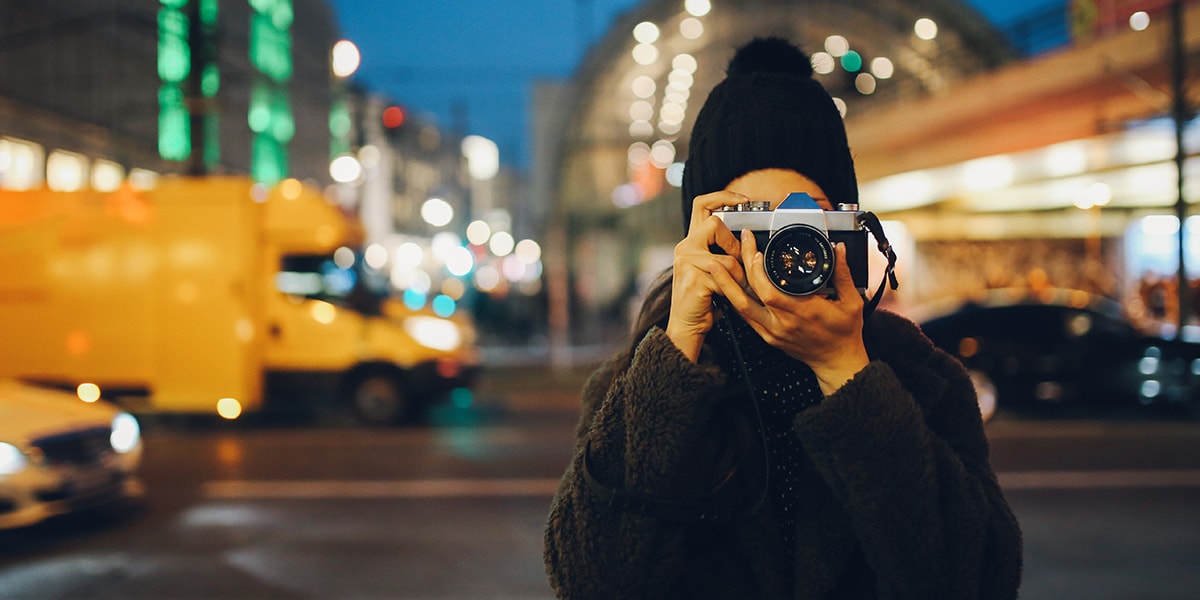The smart Trick of Framing Streets That Nobody is Discussing
Unknown Facts About Framing Streets
Table of ContentsThe Only Guide for Framing StreetsThe 20-Second Trick For Framing StreetsSome Of Framing StreetsThe 25-Second Trick For Framing StreetsThe Framing Streets IdeasWhat Does Framing Streets Do?
, normally with the aim of capturing photos at a crucial or poignant minute by mindful framing and timing. https://pxhere.com/en/photographer/4162802.
Framing Streets for Dummies
Susan Sontag, 1977 Street digital photography can concentrate on people and their habits in public. In this respect, the road digital photographer resembles social documentary digital photographers or photographers that also operate in public places, however with the aim of recording newsworthy events. Any of these digital photographers' photos may record people and building visible within or from public places, which typically requires browsing moral problems and legislations of personal privacy, protection, and home.
Depictions of everyday public life create a genre in almost every duration of globe art, starting in the pre-historic, Sumerian, Egyptian and early Buddhist art durations. Art handling the life of the street, whether within views of cityscapes, or as the dominant concept, shows up in the West in the canon of the Northern Renaissance, Baroque, Rococo, of Romanticism, Realistic look, Impressionism and Post-Impressionism.
Not known Facts About Framing Streets
Louis Daguerre: "Blvd du Temple" (1838 or 1839) In 1838 or 1839 the initial photograph of numbers in the road was tape-recorded by Louis-Jacques-Mand Daguerre in among a pair of daguerreotype sights taken from his workshop window of the Boulevard du Temple in Paris. The 2nd, made at the elevation of the day, shows an uninhabited stretch of street, while the other was taken at concerning 8:00 am, and as Beaumont Newhall records, "The official source Boulevard, so frequently full of a moving bunch of pedestrians and carriages was perfectly solitary, other than an individual that was having his boots brushed.
, that was influenced to embark on a similar documentation of New York City. As the city developed, Atget assisted to promote Parisian streets as a worthy topic for digital photography.

The smart Trick of Framing Streets That Nobody is Discussing
Andre Kertesz.'s widely appreciated Images la Sauvette (1952) (the English-language version was labelled The Decisive Minute) advertised the concept of taking a photo at what he labelled the "decisive minute"; "when kind and content, vision and make-up combined into a transcendent whole" - vivian maier.
Some Known Facts About Framing Streets.
The recording machine was 'a concealed camera', a 35 mm Contax concealed under his layer, that was 'strapped to the upper body and linked to a lengthy cable strung down the ideal sleeve'. Nevertheless, his job had little contemporary influence as because of Evans' sensitivities regarding the creativity of his task and the privacy of his subjects, it was not released up until 1966, in guide Several Are Called, with an introduction composed by James Agee in 1940.
Helen Levitt, then an instructor of little ones, related to Evans in 193839. She recorded the transitory chalk drawings - 50mm street photography that became part of children's road culture in New York at the time, as well as the youngsters who made them. In July 1939, Mo, MA's brand-new photography section consisted of Levitt's operate in its inaugural eventRobert Frank's 1958 publication,, was significant; raw and commonly indistinct, Frank's pictures questioned mainstream digital photography of the moment, "challenged all the official rules set by Henri Cartier-Bresson and Pedestrian Evans" and "contradicted the wholesome pictorialism and wholehearted photojournalism of American publications like LIFE and Time".